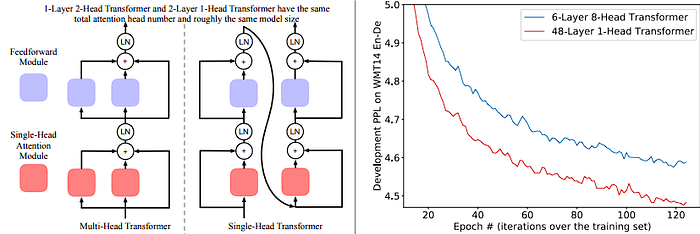Introduction to AI in Business
The market is officially three years post ChatGPT, and many pundits have shifted to using terms like "bubble" to suggest reasons behind generative AI not realizing material returns outside a handful of technology suppliers. In September, the MIT NANDA report made waves because it stated that 95% of all AI pilots failed to scale or deliver clear and measurable ROI. McKinsey earlier published a similar trend indicating that agentic AI would be the way forward to achieve huge operational benefits for enterprises.
The Challenge of Measuring AI’s Return on Investment
At The Wall Street Journal’s Technology Council Summit, AI technology leaders recommended CIOs stop worrying about AI’s return on investment because measuring gains is difficult and if they were to try, the measurements would be wrong. This places technology leaders in a precarious position–robust tech stacks already sustain their business operations, so what is the upside to introducing new technology? For decades, deployment strategies have followed a consistent cadence where tech operators avoid destabilizing business-critical workflows to swap out individual components in tech stacks.
Principles for Successful AI Deployment
To get a return on investing in the latest tech transformation, enterprises should consider the following principles:
First Principle: Your Data is Your Value
Most articles about AI data relate to engineering tasks to ensure that an AI model infers against business data in repositories that represent past and present business realities. However, one of the most widely-deployed use cases in enterprise AI begins with prompting an AI model by uploading file attachments into the model. This step narrows an AI model’s range to the content of the uploaded files, accelerating accurate response times and reducing the number of prompts required to get the best answer.
Second Principle: Boring by Design
According to Information is Beautiful, in 2024 alone, 182 new generative AI models were introduced to the market. When GPT5 came into the market in 2025, many of the models from 12 to 24 months prior were rendered unavailable until subscription customers threatened to cancel. Their previously stable AI workflows were built on models that no longer worked. The most successful AI deployments have focused on deploying AI on business problems unique to their business, often running in the background to accelerate or augment mundane but mandated tasks.
Third Principle: Mini-van Economics
The best way to avoid upside-down economics is to design systems to align to the users rather than vendor specs and benchmarks. Too many businesses continue to fall into the trap of buying new gear or new cloud service types based on new supplier-led benchmarks rather than starting their AI journey from what their business can consume, at what pace, on the capabilities they have deployed today.
Conclusion
There are so many aspects of this new automation technology to unpack—the best guidance is to start practical, design for independence in underlying technology components to keep from disrupting stable applications long term, and to leverage the fact that AI technology makes your business data valuable to the advancement of your tech suppliers’ goals.
FAQs
Q: What is the current state of AI in business?
A: The market is three years post ChatGPT, and many pundits have shifted to using terms like "bubble" to suggest reasons behind generative AI not realizing material returns outside a handful of technology suppliers.
Q: What is the challenge of measuring AI’s return on investment?
A: Measuring AI’s return on investment is difficult, and if attempted, the measurements would be wrong.
Q: What are the principles for successful AI deployment?
A: The principles include your data is your value, boring by design, and mini-van economics.
Q: How can enterprises get a return on investing in the latest tech transformation?
A: Enterprises should consider the principles of successful AI deployment, including your data is your value, boring by design, and mini-van economics.











